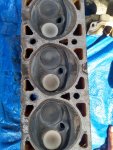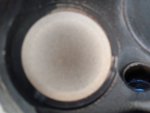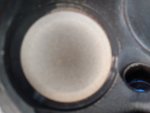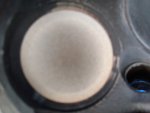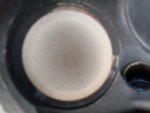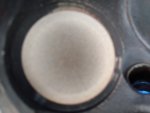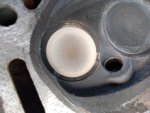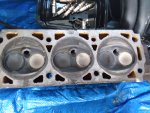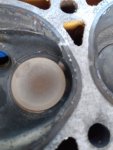- Joined
- Oct 1, 2021
- Messages
- 40
- Reaction score
- 1
- Points
- 8
- Location
- Orlando, Florida
- Vehicle Year
- 2002
- Make / Model
- Ford / Ranger
- Transmission
- Automatic
I ordered new heads and a complete gasket kit. I have good compression all the way around and I still can see crosshatching, original 110,000 miles on this engine. I am no rich man, and I know it's a gamble not rehoning and installing new rings and pistons. No connecting rods seem bent, all pistons are the same height when TDC on each particular cylinder so I THINK the bottom end is ok. Two main questions. Does a clogged or even partially clogged cats cause a rich condition? Or could it be possibly my hunch about the exhaust valve seats being recessed cause of this rich condition? And even if it was the rings how would that cause a rich condition? I've changed my o2 sensors two times, the same thing, even switched their positions to see if the trims changed, nada, same thing. Is it the cats? Changed Injectors (MOTORCRAFT U TYPE) they are the correct ones without a doubt. MAF readings in spec as far as I can tell. IAC reads normal. The Coolant temp sensor reads normal. No intake leaks (which I was told would cause a lean, not a rich condition) No air restriction to the cylinders for sure. I even poured oil into the cylinder to see how fast it would leak through the ring gaps, held water like the hoover dam. Could it be the exhaust valves letting raw fuel/air mix into the exhaust during the compression stroke? Causing the o2 sensor to read rich? It seems the engine is fine other than that. The motor runs FINE at high rpm, STFT evens to 0 at 1000 RPMs. It is just at idle she stumbles and jerks. And it isn't the IAC valve, she is in spec and probably the only reason she doesn't stall altogether. Anyway, newbie here, thanks for any wisdom!
Last edited:

